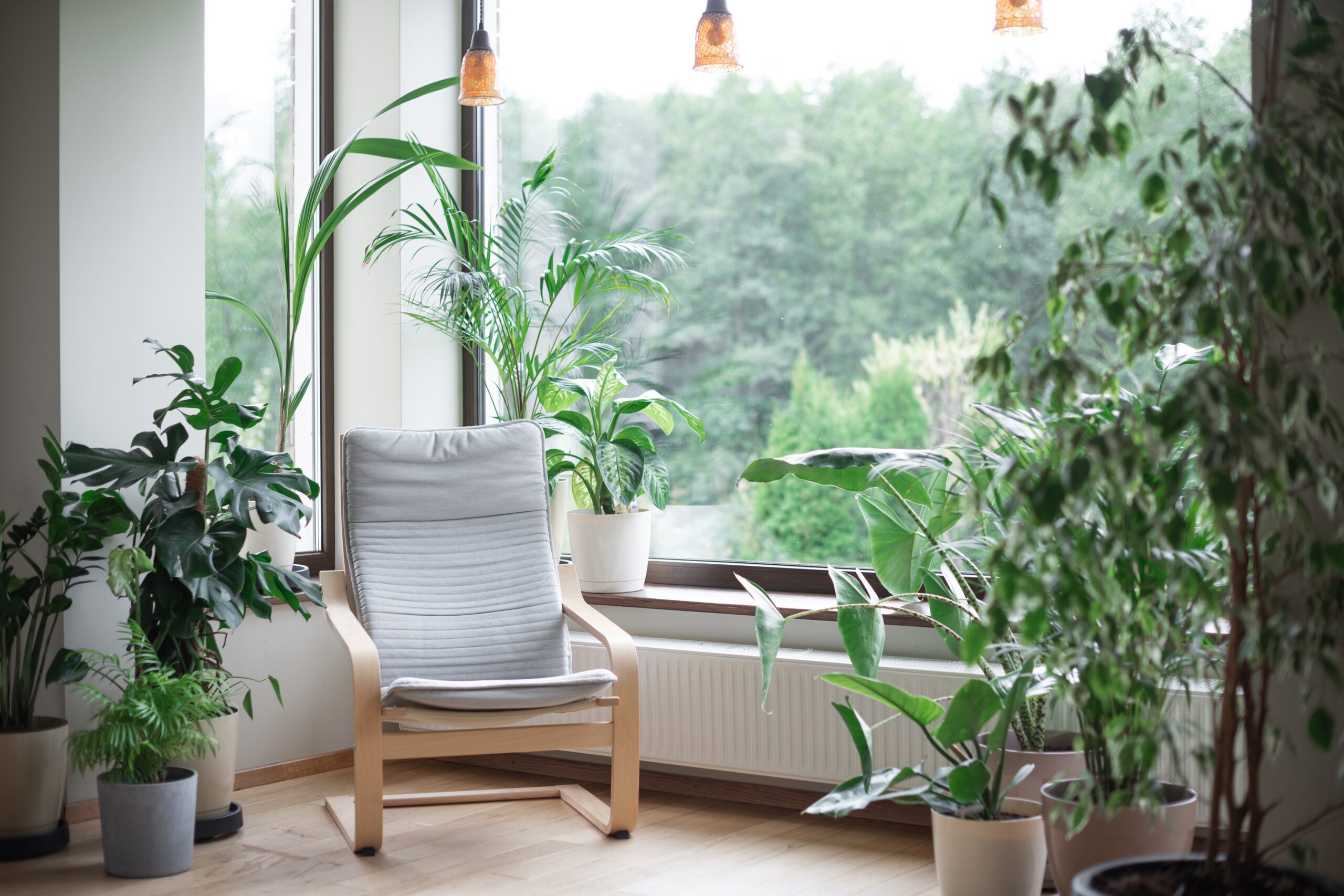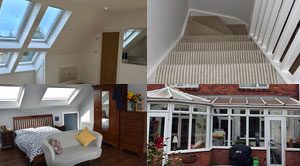Loft conversions are increasingly popular nowadays as homeowners seek to add more living space to their properties. However, with global warming being a major issue, it is important to consider sustainable alternatives when renovating your home. In this blog post, we will explore how you can make your loft conversion eco-friendly.
1. Insulation
One of the easiest ways to make your loft conversion eco-friendly is through proper insulation. Not only does insulation keep your home warm in winter, but it also helps to keep it cool during summer months. This means less energy consumption and a reduced carbon footprint. There are various types of insulation to consider, including cavity wall insulation, loft insulation and floor insulation. Choose the best option for your loft to ensure minimal heat loss.
2. Renewable Energy
Switching to renewable energy sources such as solar panels, wind turbines and geothermal heat pumps can help to significantly reduce your carbon footprint. These energy sources are not only renewable but also cost-effective, making them an excellent investment in the long run. Consider the practicality of each form of energy in relation to your location and climate, as well as the size of your loft.
3. Sustainable Materials
Opting for sustainable materials is another way to make your loft conversion eco-friendly. Look for materials with a low carbon footprint like bamboo, natural stones, clay, and recycled wood. These materials are not only renewable but also energy-efficient, biodegradable, and have a longer lifespan compared to traditional construction materials. It is important to note that the installation process also plays a part in the eco-friendliness of your loft – for example, choose non-toxic paints and adhesives.
4. Lighting
Lighting makes up a significant portion of home energy consumption, making this a critical point to consider during your loft conversion planning. Switching to LED or CFL bulbs and having a motion sensor or timer-controlled lighting system to turn off lights in empty rooms can help save energy. You may also consider installing skylights to increase natural light. Not only does this lower energy consumption, but also enhances the aesthetic and improves the wellbeing of occupants.
5.Water Conservation
Finally, water conservation plays a vital role in reducing your home’s impact on the environment. Installing low-flow toilets, showers, and faucets can significantly reduce your water consumption. You may also consider a greywater system to repurpose water from showers, sinks, and basins for the garden. Alternatively, install a rainwater harvesting system to collect rainwater that can be used for flushing toilets or watering plants, depending on your location.
Loft conversions are an excellent addition to any home, but they can also have a significant impact on the environment, especially in locations with a long-term cold climate. However, by implementing eco-friendly measures such as insulation, renewable energy, sustainable materials, lighting enhancements, and water conservation, you can ensure that your loft conversion does not harm the environment. We hope that this ultimate guide has given you a better insight into the steps you can take.


